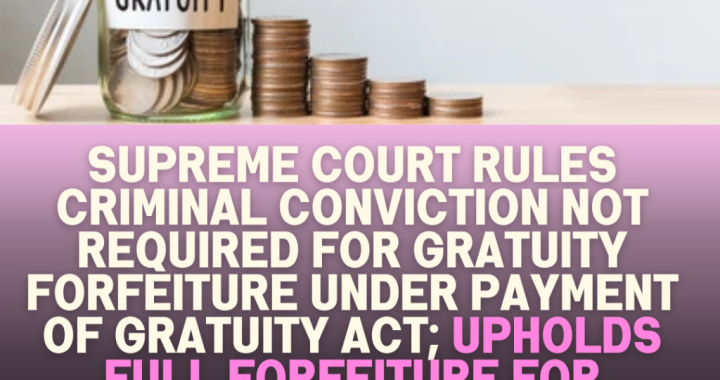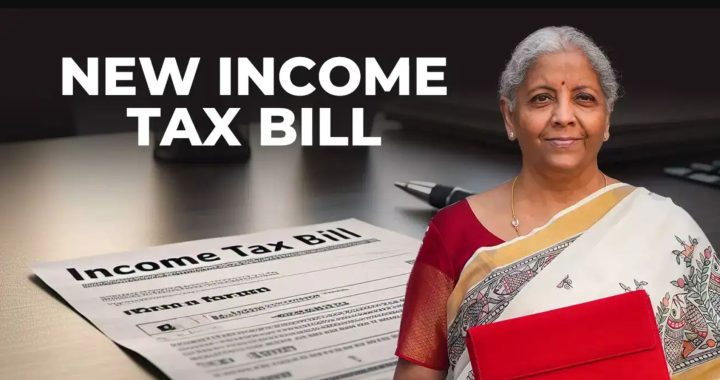Don’t let Assessing Officer Harass you by Overstepping his role and jurisdiction in Limited Scrutiny Cases

Don't Let Assessing Officer Overstep their jurisdiction
CBDT has issued instructions to assessing officers instructing them on how to carry on assessments u/s 143(2) in case of limited scrutiny assessments
There are lots of cases under litigation where the assessing officers have completed assessments in complete defiance of the CDT instructions on the subject
How correct was Prime Minister Narendra Modi last month when he said that “There is a class in the country, especially the middle class and the upper middle class, who is more troubled with income-tax officials than the police”

The Salient aspects of the Instruction No. 20/2015 dated 29.12.2015 are as follows
1. Standard Operating process was laid down for assessing cases under ‘Limited Scrutiny’ which were selected through Computer Aided Scrutiny Selection in ‘CASS Cycle 2015’
2. The Scope of enquiry in the cases to be restricted to the relevant parameters which formed the basis for selecting the case for scrutiny.
3. Where the assessing officer is of the view that there is potential evasion of taxes, he may convert the “Limited Scrutiny” case to “Complete Scrutiny” after prior approval of administrative Pr. CIT/CIT/Pr. DIT/DIT.
4. To ensure maximum objectivity and transparency, the approval to be taken to convert the case to complete scrutiny, the Assessing Officer (‘AO’) shall be required to form a reasonable view and only after the justifying the monetary limits and administrative approval from Pr. CIT/CIT/Pr. DIT/DIT can the case be converted into full scrutiny.
The CBDT has issued Instruction No. 7 of 2014 dated 26.09.2014 pointing out that in cases selected for scrutiny under Computer Aided Scrutiny Selection (‘CASS’), some AOs routinely call for information which is not relevant for enquiry into the issues to be considered. This has been causing undue harassment to the taxpayers and has also drawn adverse criticism from several quarters.
5. To make such “reasonable view” the Assessing officer would need to have credible material or information available on record and not merely suspicion, conjecture or information from unreliable source. To be eligible for conversion of the case, the potential escaping of income from taxation limit is Rs. five lakhs for non metro cities and Rs 10 lakhs for metro cities OR there should be some substantial verification to be required on any other issue(s),
6. Such information should have direct correlation and no conjectures should be there
7. Only after conversion of the case to complete scrutiny, can the Assessing Officer ask for additional information. The AO shall also expeditiously intimate the taxpayer concerned regarding conducting ‘Complete Scrutiny’ in such cases.
It may be noted that once the case if converted to ‘Complete Scrutiny’, the AO can deal with any issue emerging from ongoing scrutiny proceedings notwithstanding the fact that the reason for such issue have not been included in the Note.
8. The assessing Officers have been advised to invoke provisions of section 144A of the Act in suitable cases. This has been done to prevent possibility of fishing and roving enquiries in such cases.
9. The instructions have been made mandatory from the date of its issue and would cover the cases selected under CASS 2015 which are pending scrutiny cases as well as cases selected/being selected under the CASS 2016.
10. In all cases, where the assessing officer desires to make any addition, he is bound to give a fair opportunity to assessee to explain his position. AO would issue appropriate show case notice indicating reasons that form his basis to make additions


 ITAT Amritsar: No Section 269SS Violation for One-Time Cash Payment Before Sub-Registrar
ITAT Amritsar: No Section 269SS Violation for One-Time Cash Payment Before Sub-Registrar  Tax Officials Unleash Digital Dragnet: How New Raid Powers Redefine Privacy, Property Rights in India and likely to Fuel Corruption
Tax Officials Unleash Digital Dragnet: How New Raid Powers Redefine Privacy, Property Rights in India and likely to Fuel Corruption  Income Tax Department Rewards for Reporting Tax Evasion: A Comprehensive Guide
Income Tax Department Rewards for Reporting Tax Evasion: A Comprehensive Guide  Forfeiture of Gratuity by Employer- What are the Remedies for an employee- Can employer be challenged?
Forfeiture of Gratuity by Employer- What are the Remedies for an employee- Can employer be challenged?  Employer can forfeit gratuity of an employee in case of moral turpitude
Employer can forfeit gratuity of an employee in case of moral turpitude  Diving Deeper: The Impact of the New Tax Bill on Dairy and Farming Income
Diving Deeper: The Impact of the New Tax Bill on Dairy and Farming Income